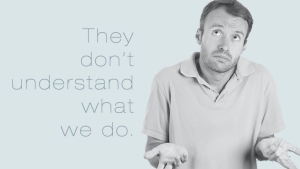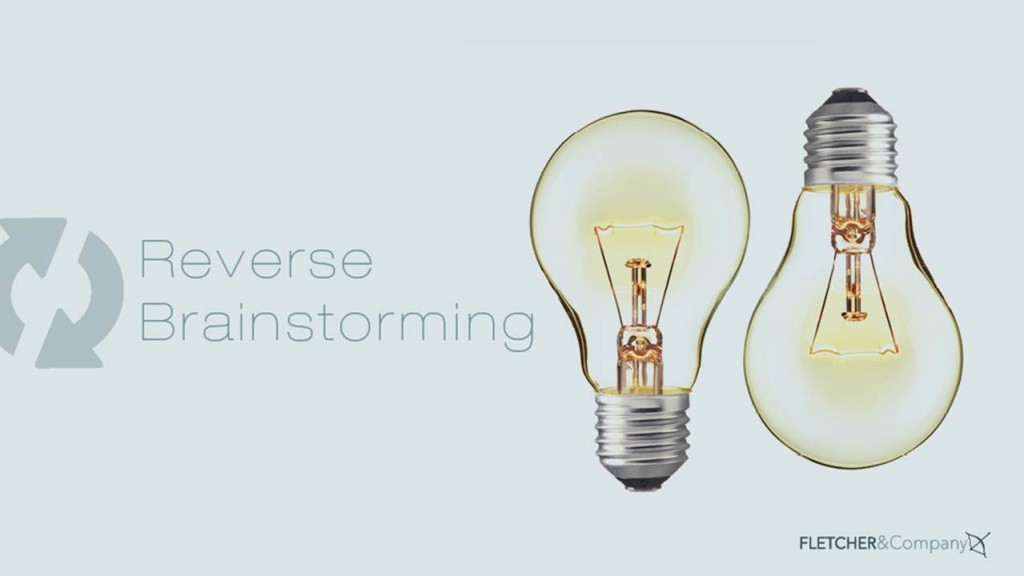One morning about 20 years go, I gathered the team together in our conference room and we started brainstorming on a whiteboard. I asked ‘how do we win our first customer?’ We really struggled with this problem – largely because none of us at the time had ever worked in sales before. We had lots of ideas, but none of them made much sense – economically or otherwise. So, we tried a technique I learned at grad school called Reverse Brainstorming.
Reverse Brainstorming goes like this. When you get stuck in solving a tricky problem, try flipping the problem on its head. Instead of asking, “How do I solve this problem?” ask, “How could I possibly cause the problem?” For example, if you’re struggling to find ways to reduce on the job injuries, try identifying ways for making the shop floor more dangerous. I know it sounds crazy, but sometimes it works. And when you’re as desperate as we were, you’ll try anything. And, sometimes this approach will help you break the logjam of your thinking, and arrive at unexpected solutions.
In our situation, we were trying to win our first customer. So, we reframed the problem as , ‘Why would a customer NOT buy our product’?

Once we flipped our problem upside down, it was amazing how quickly ideas started to flow. In a few minutes we came up with a list of reasons why prospective customers wouldn’t buy from us. Here’s our list:
“They haven’t heard of us”

“They don’t understand what we do”

“We don’t solve an important problem for them”

“They don’t believe we are their best option”

“They don’t trust that we can deliver”

“The decision maker doesn’t have buyin from key people”

“They’ve got more important issues at the moment”

We were finally getting somewhere. We had clearly defined a list of really good reasons why someone wouldn’t buy from us. Now, at least we understood what challenges we needed to overcome. This was a huge breakthrough moment for me. For the first time, I was beginning to see the customer’s buying decision as a process – not an event. I call this process the ‘customer decision journey’. Herein began the origins of the business development framework I call The 7 Elements.
I have subsequently used Reverse Brainstorming on a regular basis over the years. It’s a great brainstorming technique when you’re stuck on a really stubborn problem. Try it sometime – I think you’ll find this crazy technique may lead to some surprising insights.

Leave A Comment